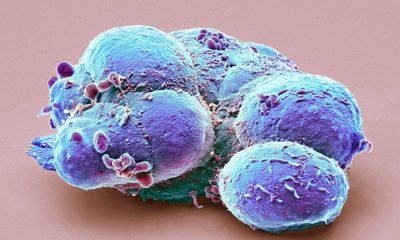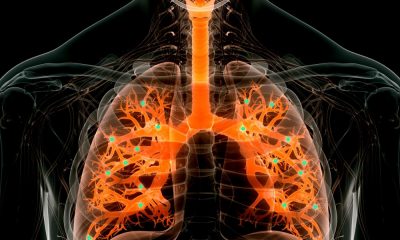Authorities have identified Burkholderia pseudomallei in U.S. environmental samples “for the first time.” The bacteria can cause the infectious disease known as melioidosis or Whitmore’s disease.
Health officials tested samples after two “unrelated individuals” in the Gulf Coast region of the southern U.S. fell ill with melioidosis on two separate occasions — one in July 2020 and the other in May 2022, the U.S. Centers for Disease Control and Prevention (CDC) noted in a news release. Neither of them had a history of recent travel outside of the U.S., according to the agency’s Health Alert Network (HAN) health advisory. Genomic data revealed the same strain infected them.
Authorities tested various household products, soil and water around the patients’ homes, and three of the 2022 soil and puddle water samples indeed tested positive for B. pseudomallei. According to the agency, this shows that both patients likely fell ill from “bacteria from the environment.” It also suggests that the bacteria has been around in the area “since at least 2020.”
“It is unclear how long the bacteria has been in the environment and where else it might be found in the U.S.; however, modeling suggests that the environmental conditions found in the Gulf Coast states are conducive to the growth of B. pseudomallei,” the CDC said in the news release.
“(M)elioidosis is now considered to be locally endemic in areas of the Gulf Coast region of Mississippi,” it added in the Health Advisory.
People typically get melioidosis through direct contact with B. pseudomallei via contaminated soil and water, whether by inhaling the droplets, consuming contaminated food or water or via contact via skin abrasions. However, the condition is more common in tropical climates such as in Southeast Asia and northern Australia, according to the CDC.
The disease is quite rare in the U.S. Although about 12 cases of the disease are identified each year, these are primarily among people who travel to a country where the disease is more common. In the case of the 2021 cluster of illnesses, investigations identified imported aromatherapy sprays as the source of the contamination.
Melioidosis can be serious and can be fatal in 10% to 50% of those infected, according to the CDC. For now, the agency classifies the risk to the general population as “very low” but is urging those in the Gulf Coast of Mississippi and those who have underlying medical conditions that may place them at higher risk of disease to take extra precautions.
Since people typically get sick through contact with contaminated soil, the CDC is advising people to avoid getting in contact with muddy water, especially if they have open wounds. It would also be best to wear waterproof boots and gloves while doing work like gardening or some other task that involves direct contact with soil.
The agency is also urging health care providers to learn more about melioidosis and its symptoms as “prompt diagnosis and treatment are critical.”
“Once well-established in the soil, B. pseudomallei cannot feasibly be removed from the soil. Public health efforts should focus primarily on improving identification of cases so that appropriate treatment can be administered,” the CDC noted in its health advisory. “Melioidosis is now a Nationally Notifiable Disease following a favorable vote at the 2022 CSTE conference which should enhance domestic surveillance and public health response.”
















